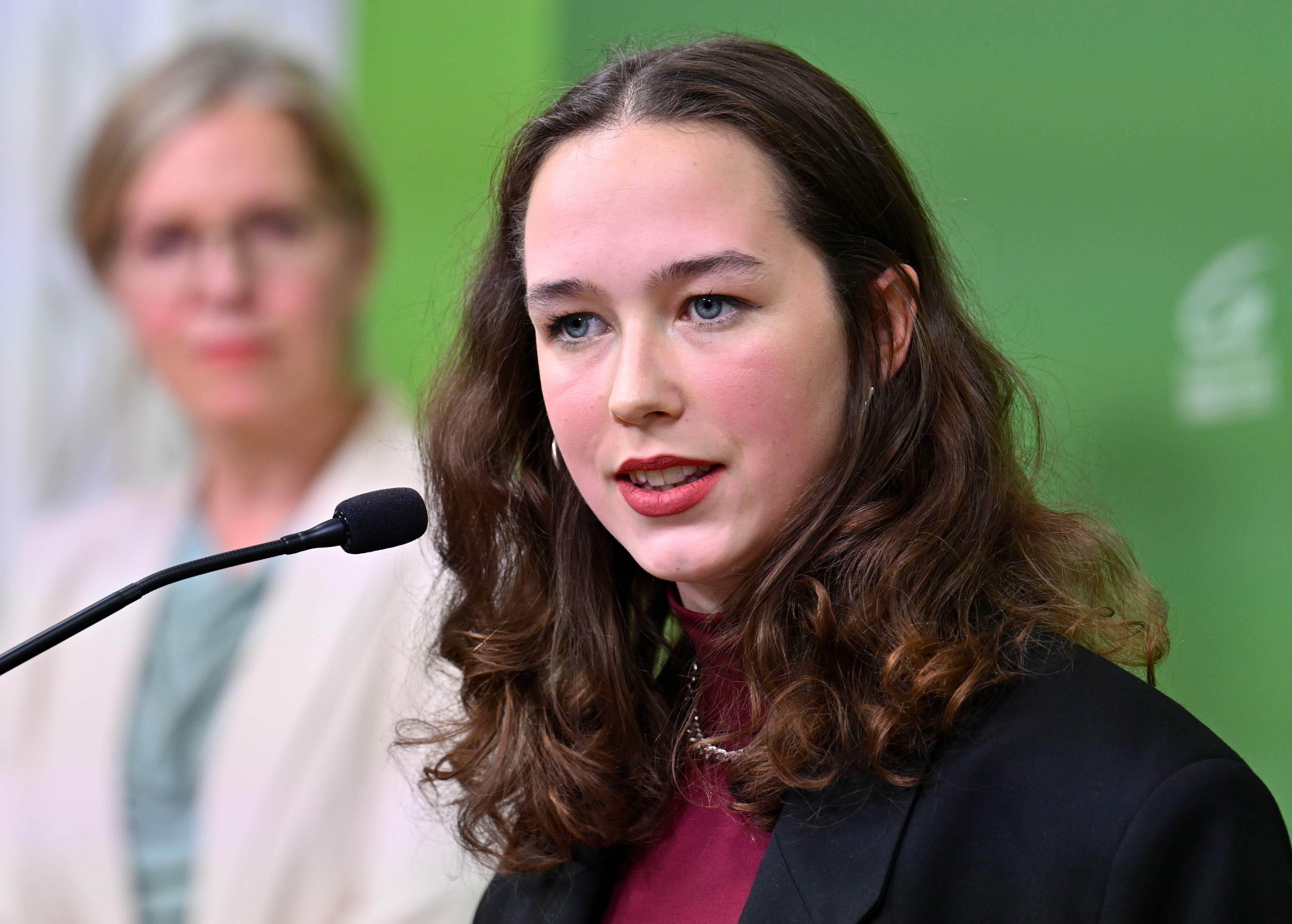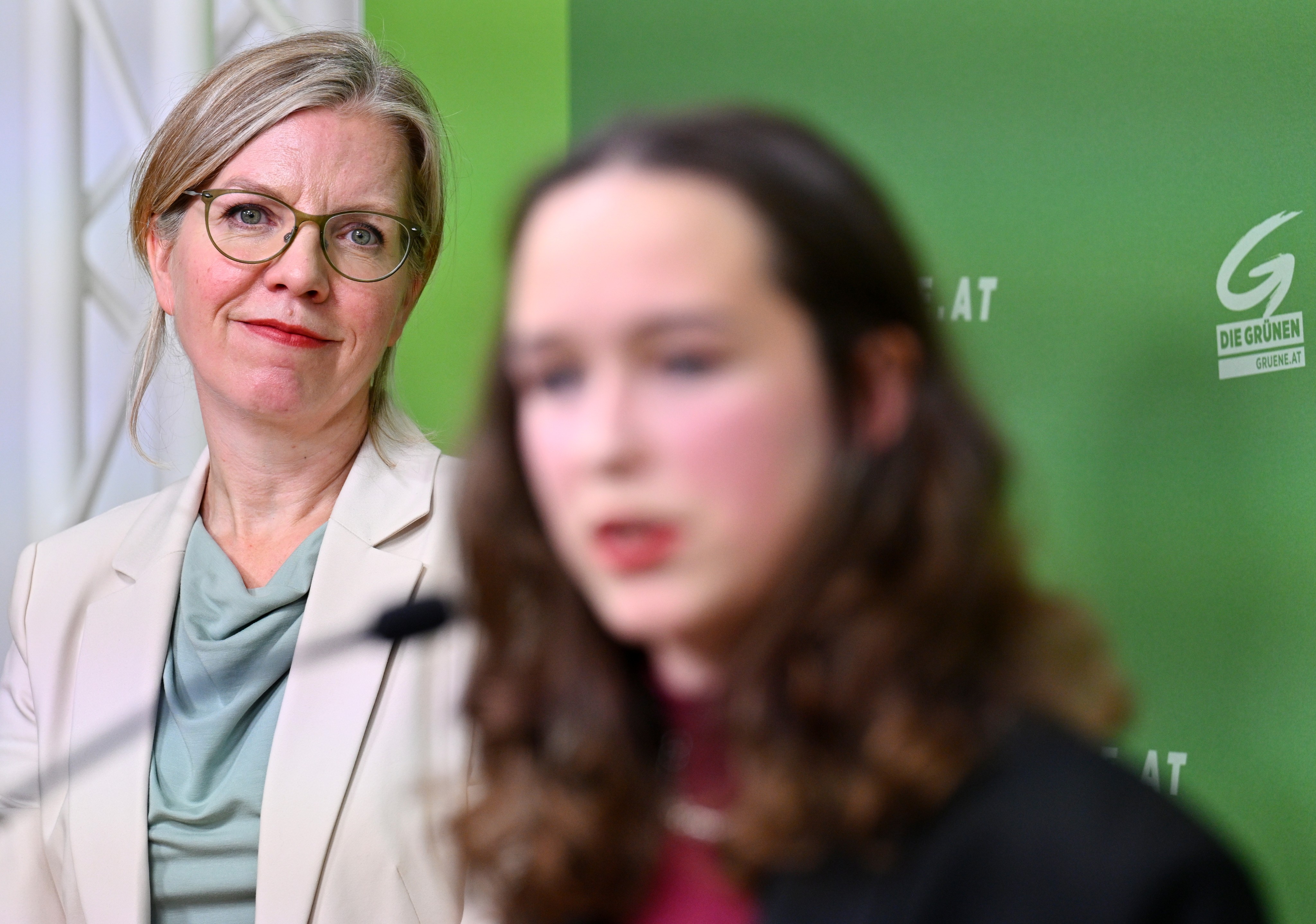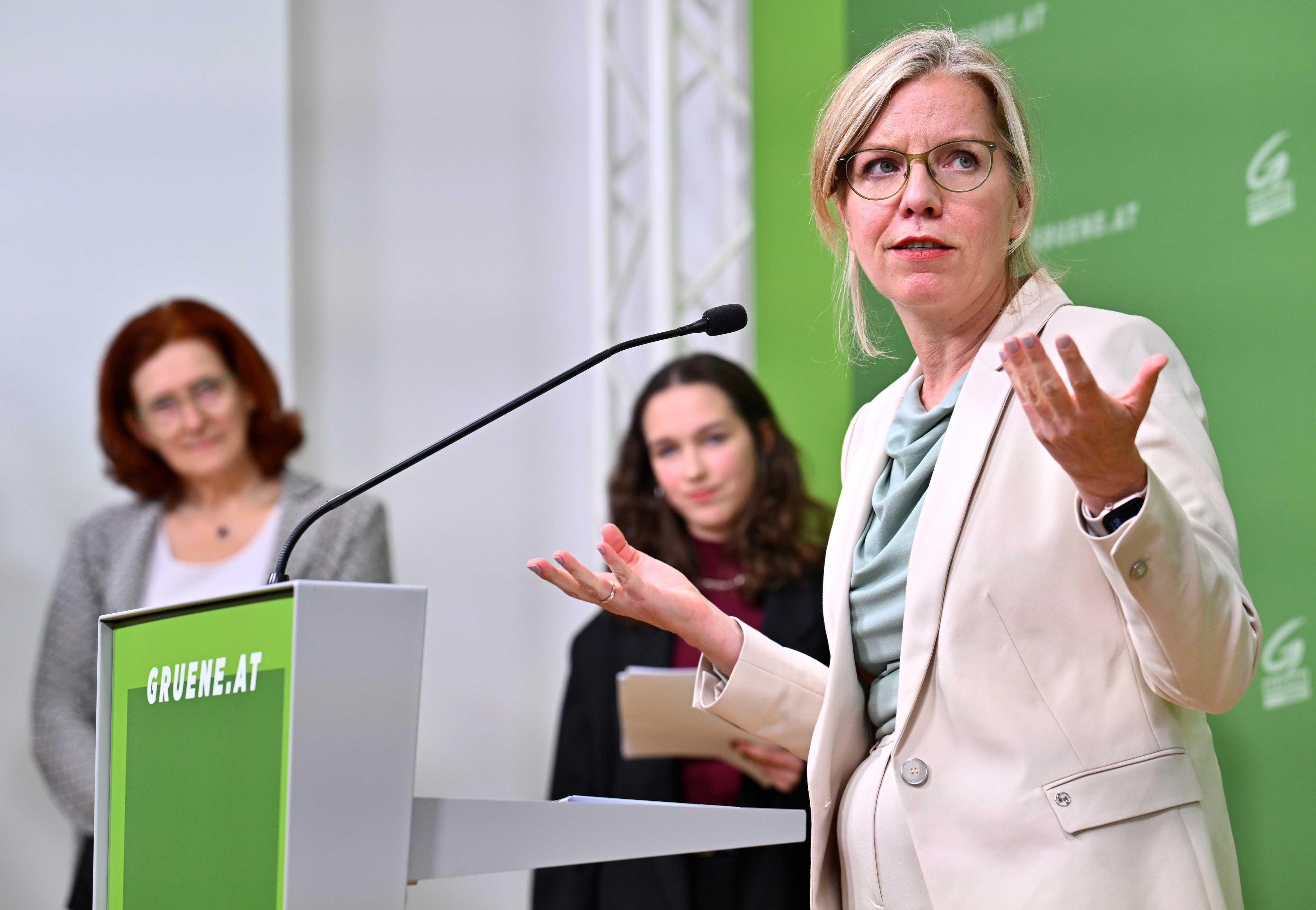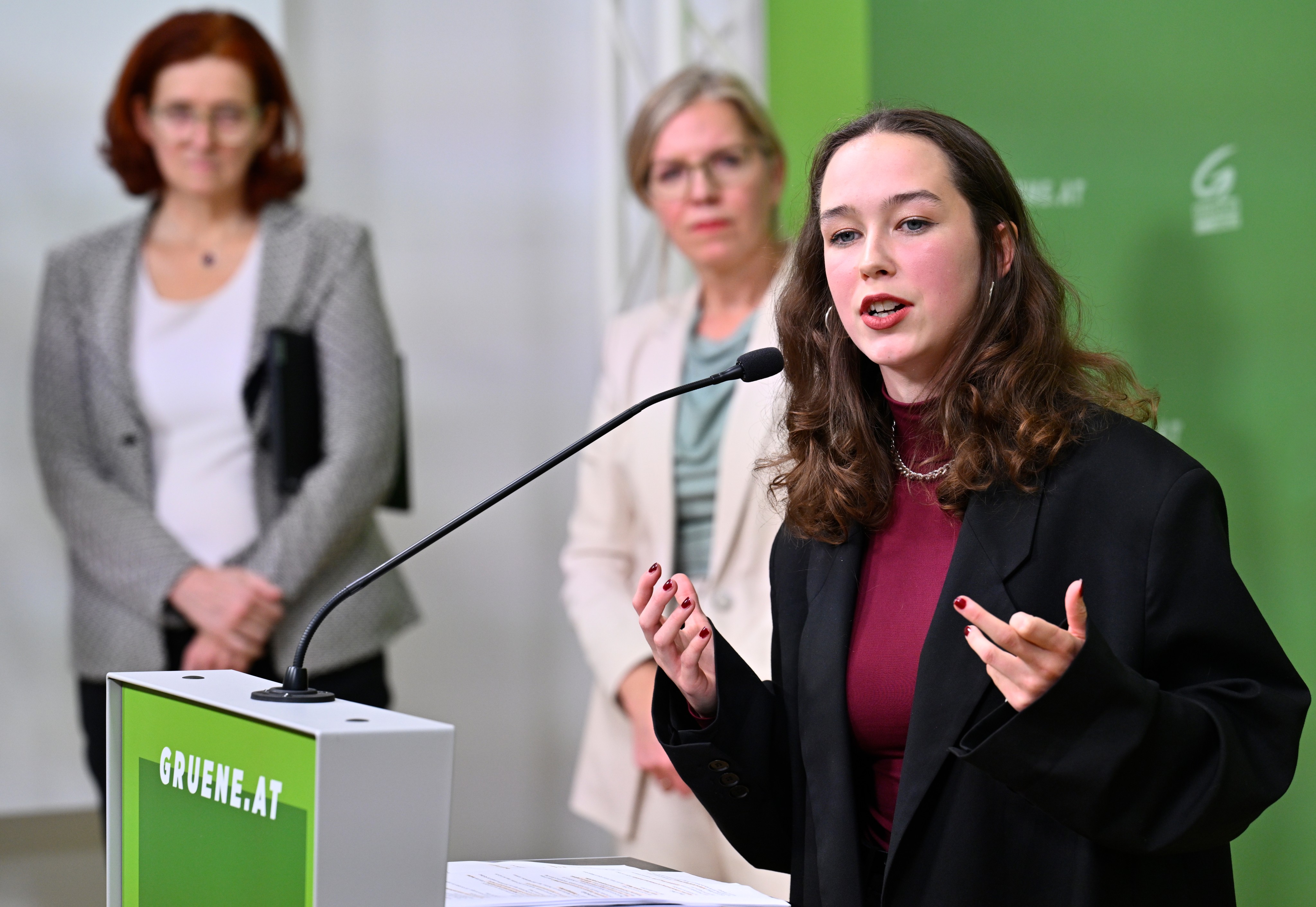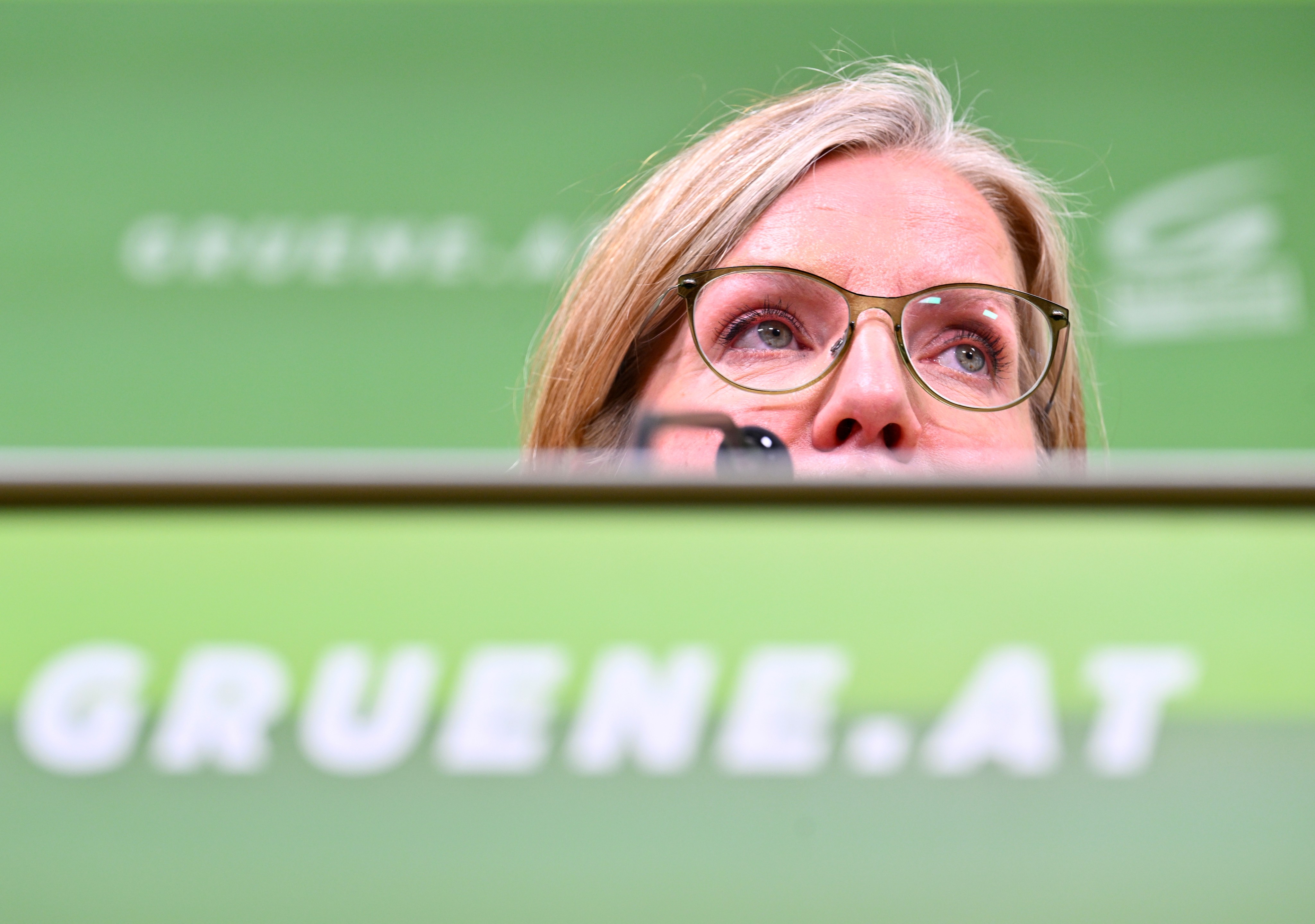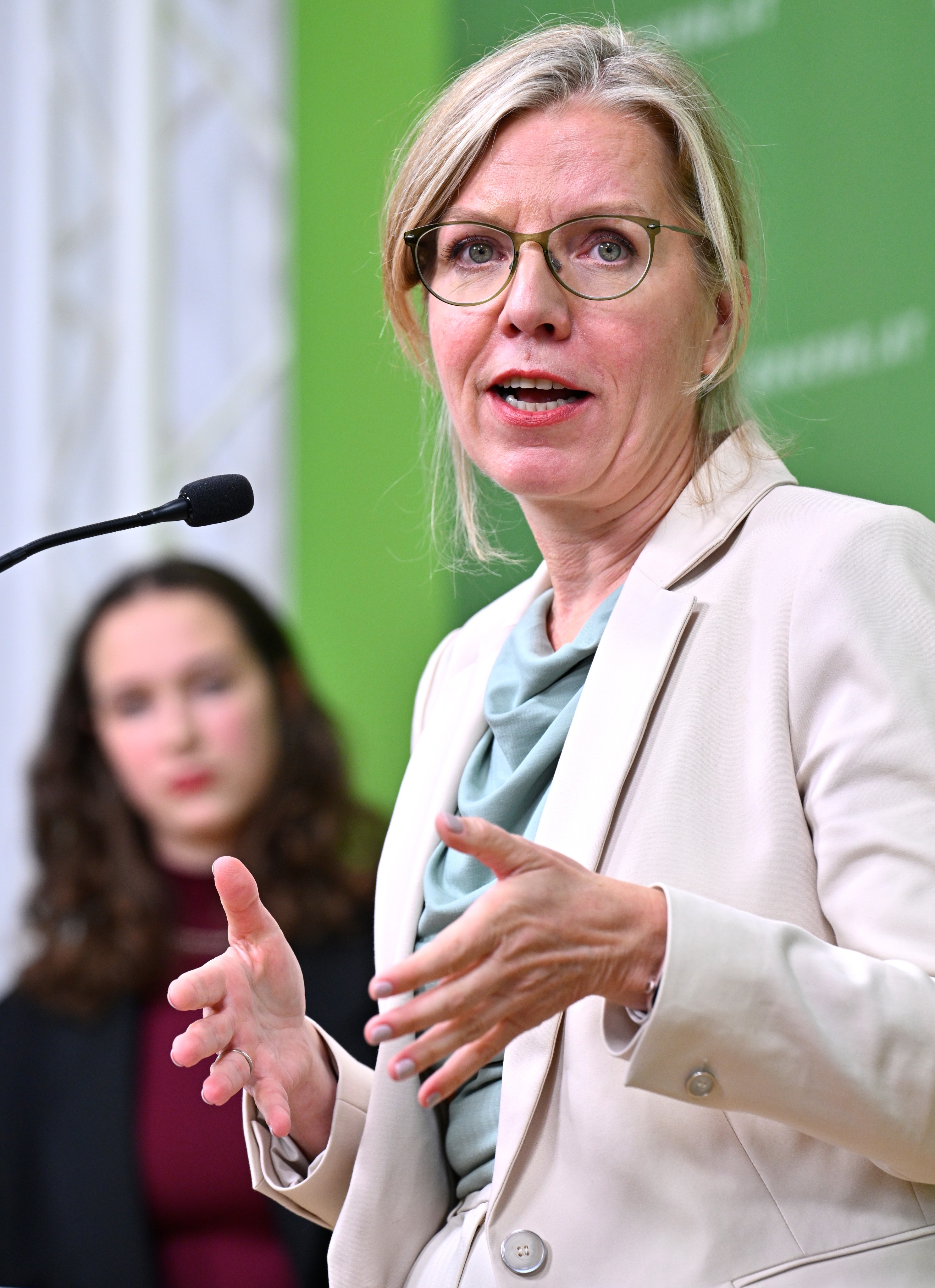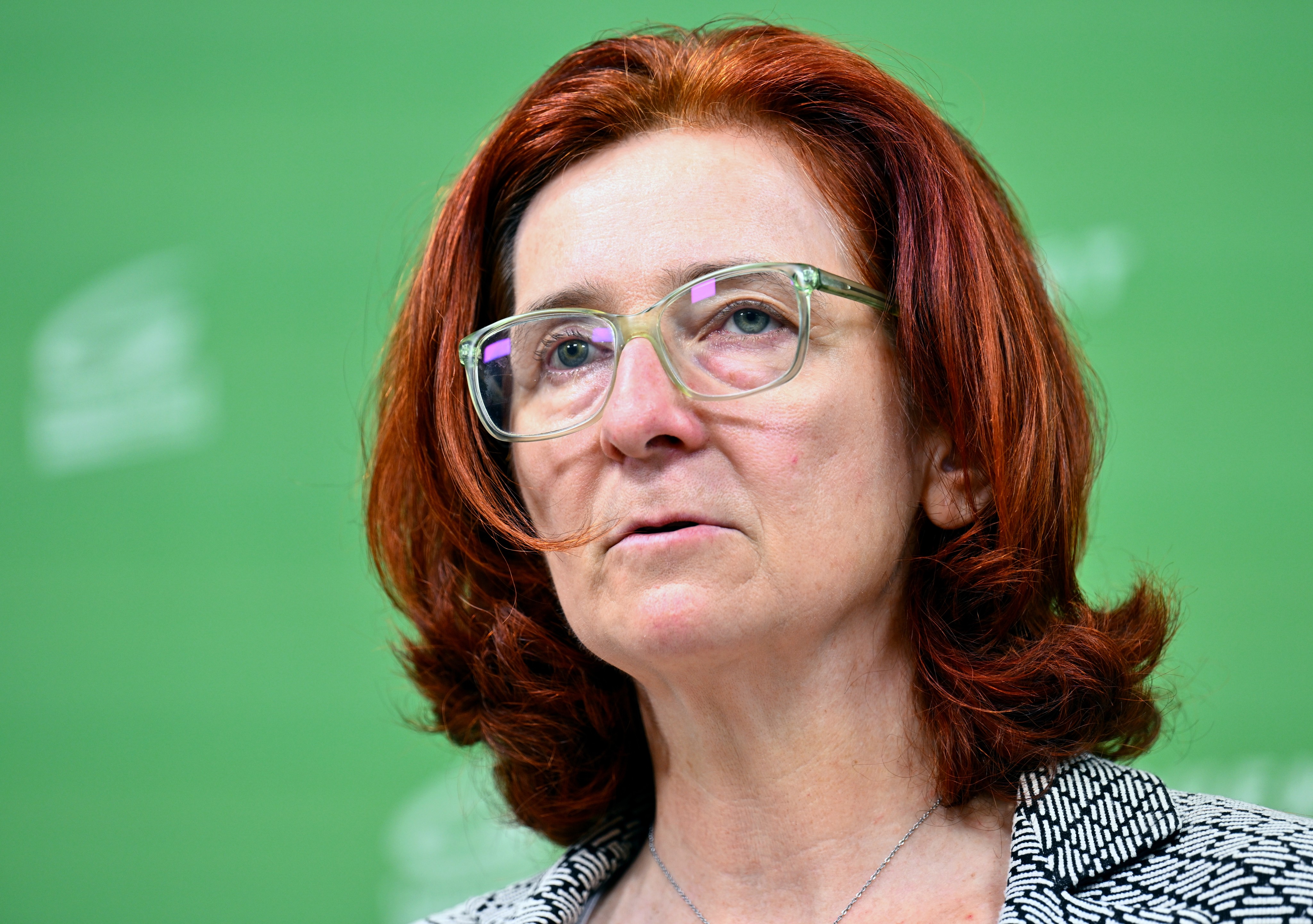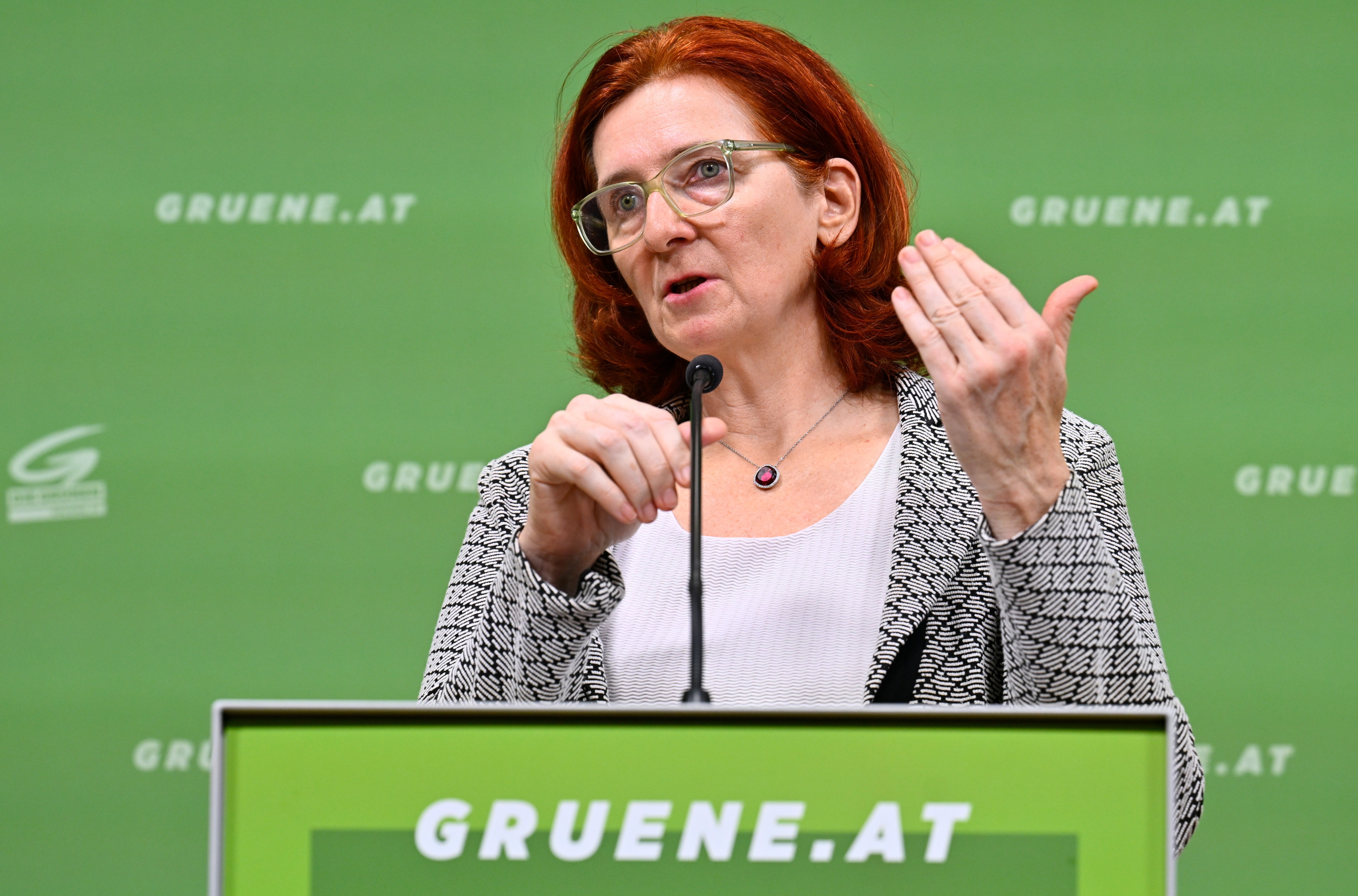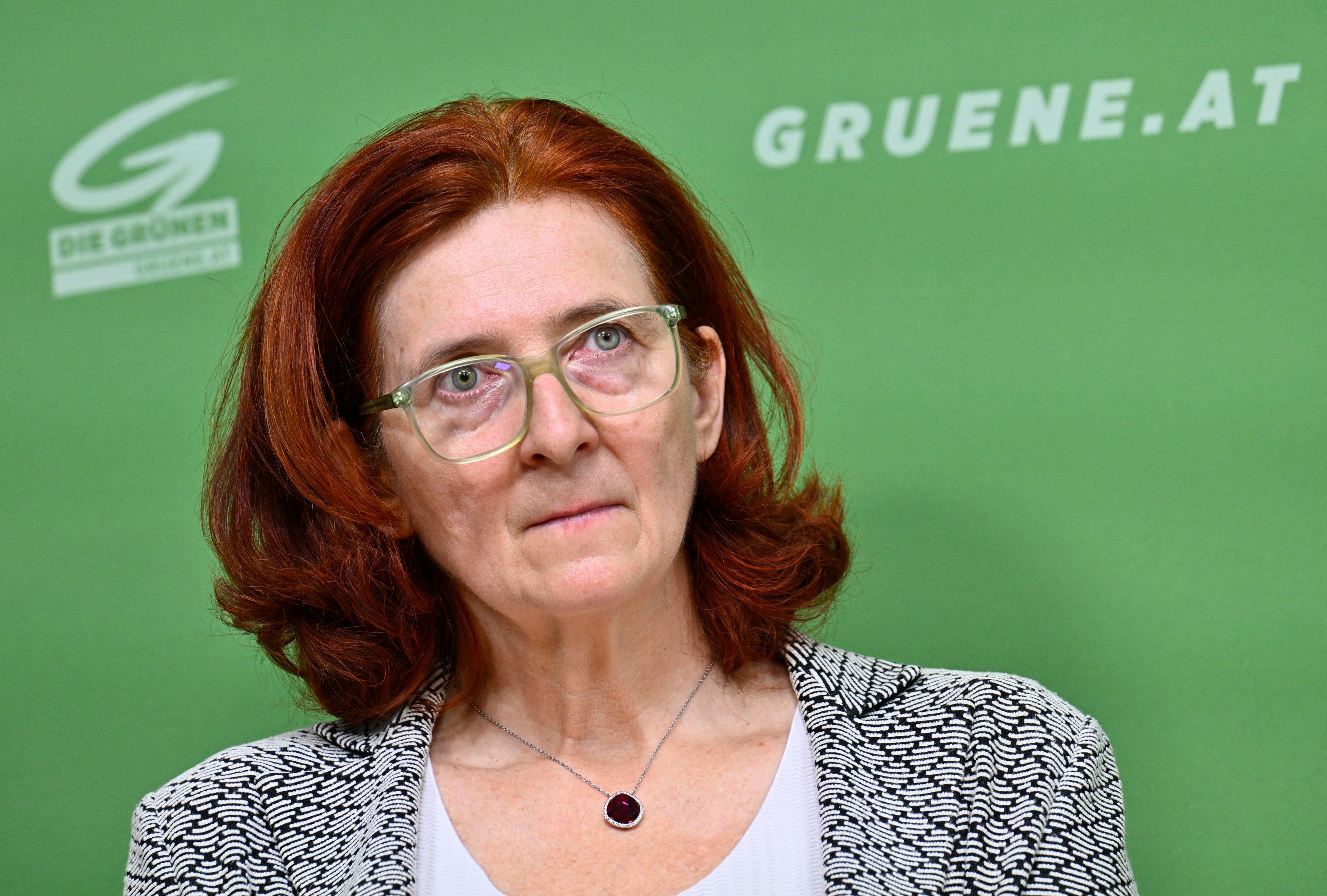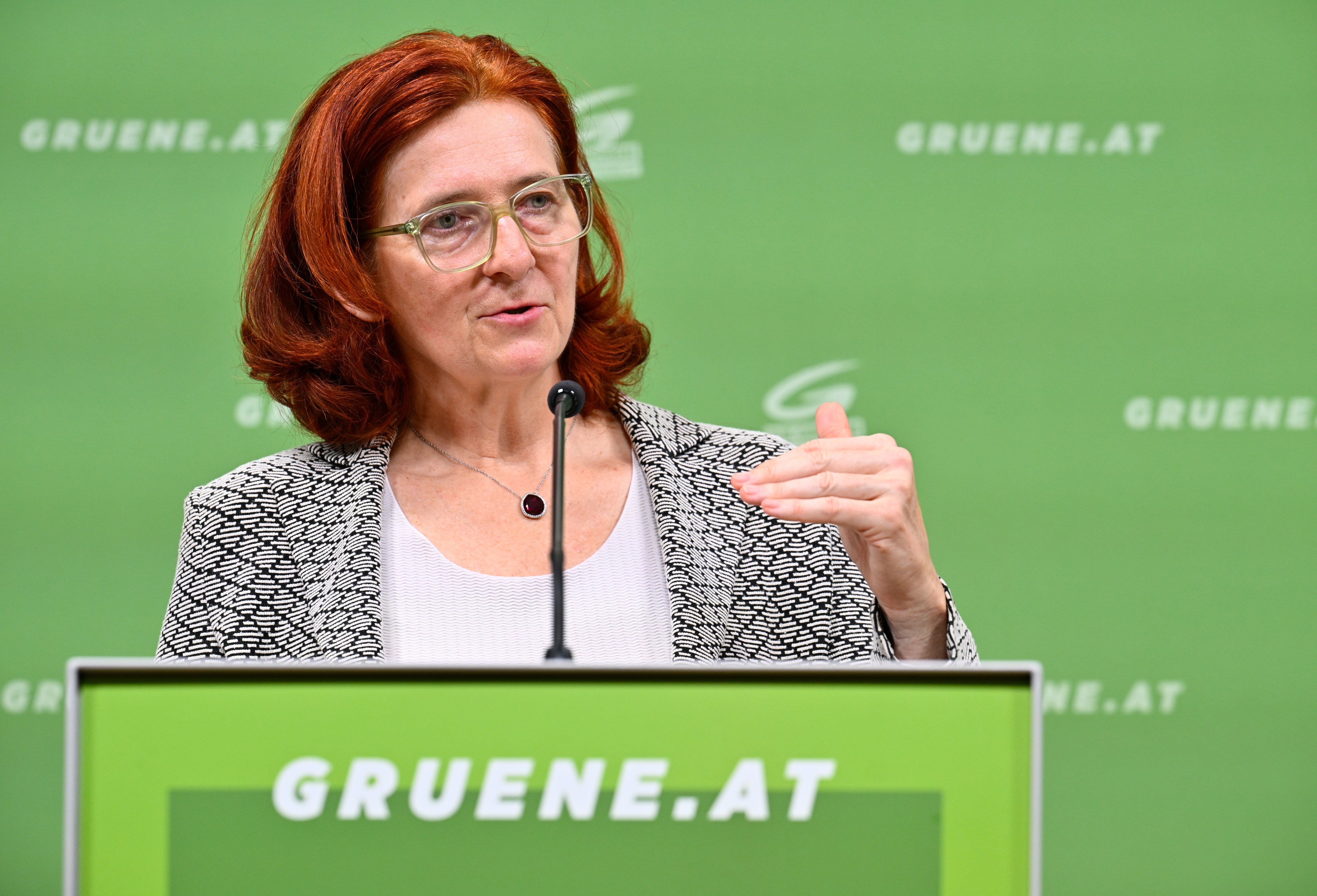Viennese Economist: Doing Nothing About Climate Protection is Economically the "Most Expensive Option"

Lack of climate protection could cause the European Union production losses of more than 5 trillion euros due to heat stress by 2050, according to the study. This corresponds to about ten times Austria's annual economic output. In addition to economic damages, increasing national debts due to disaster relief, infrastructure repairs, and rising healthcare costs are expected. Furthermore, by 2040, two to five million jobs at the EU level are at risk, especially in agriculture, construction, and tourism. "Every year of delay increases costs, deepens inequalities, and weakens Europe's competitiveness," said the economist.
Austria Already Costs Billions Due to Lack of Climate Measures
According to the study, Southern Europe bears the greatest losses in prosperity due to heat and drought, coastal regions due to flooding. Without countermeasures, growing economic divergences between Northern and Southern Europe are threatened. However, this does not mean that one can sit back in Austria. For Austria, the Economic Research Institute (Wifo) already quantified the costs of inaction in climate protection at the beginning of 2024 at at least 5.4 to 7 billion euros per year.
Internationally, 2.2 trillion dollars are currently being invested annually in infrastructure transformation, renewable energy projects, and sustainable business models. However, to tackle the climate crisis, four times the investment amount or three times the amount at the European level is needed, says Stagl.
The study author recommends, among other things, the integration of climate risk indicators into the European Semester process and at least one percent of the EU's gross domestic product for climate-friendly investments. 40 percent of cohesion funds should be allocated for adaptation and resilience measures.
"Nothing is More Expensive Than Inaction"
"If we continue to hesitate, we risk almost as many jobs by 2050 as are directly employed in the entire European automotive industry," commented the Green EU parliamentarian Lena Schilling. "Nothing is more expensive than inaction," reaffirmed the Green parliamentary group leader Leonore Gewessler, who was also present at the study presentation. She interprets the study as a mandate for political action. In her view, the tripartite coalition is operating a "wrecking ball on climate protection."
The study is based on over 70 empirical and institutional sources and was commissioned by the Green EU parliamentarian Schilling and financed from funds of the European Parliament from a budget line of the Greens/EFA group.
(APA/Red.)
This article has been automatically translated, read the original article here.






